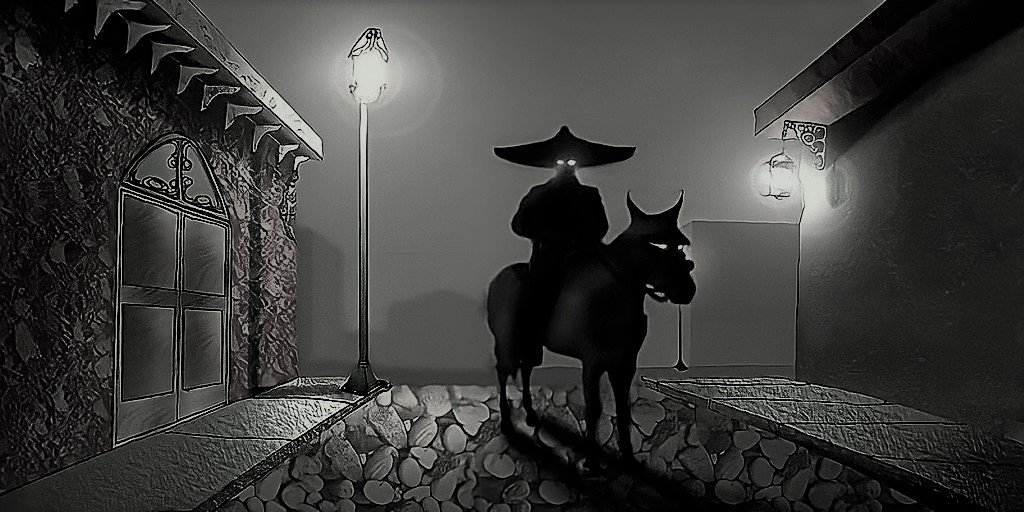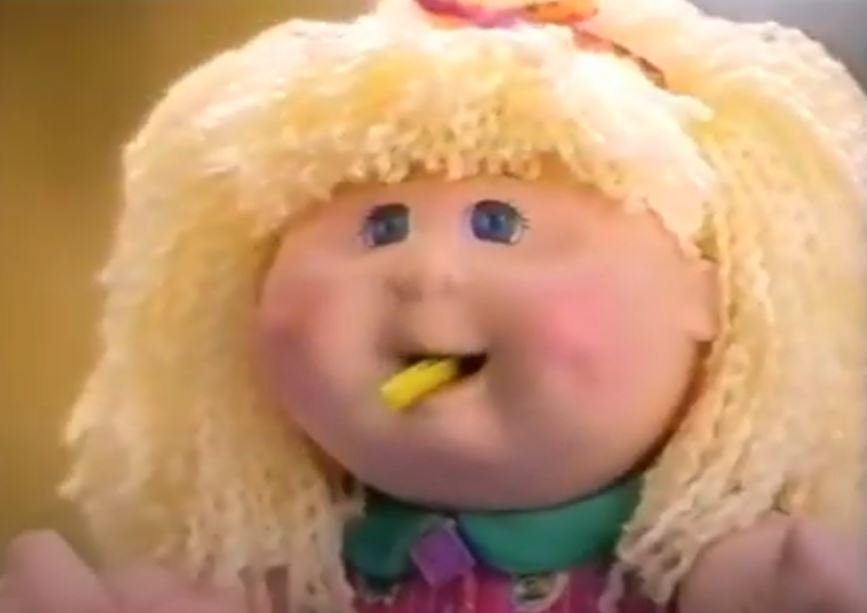Why The Mother of Mother’s Day Hated It
The flowers were totally marked up 500% and the card cost $20
Moms, mothers, the person who gave birth to you whatever you want to call her. I have to say that since I don’t call my mom, mom. I gave her a cute nickname when I was young and it stuck, even got my niece and nephews calling her by it. She hates it.
But today is Mother’s day in the United States and whatever your relationship is with your mom; love, like, dislike, hate, hey I don’t know your life and no one is perfect. I mean even the woman who gave birth to the day we’re celebrating today hated it in the end, so let’s find out why.
Ann Jarvis
Some of you may know the official founder of mother’s day is Anna Jarvis but Anna was pushing for Mother’s Day because of her mom Ann Jarvis.
In Virginia 1858 during a time when many families would lose children due to diseases and unsanitary conditions. Ann Jarvis, having lost several children herself, began Mothers’ Day Work Clubs which eventually spread to multiple towns.
These clubs’ main focus was to educate mothers on diseases and infant mortality. They raised money for medicine and educated mothers and women who wanted to work for an expecting family as an extra pair of hands.
When the Civil War divided the country Ann Jarvis played the Sweden card and stayed neutral providing aid to Union and Confederate soldiers who became ill.
“Mother’s Friendship Day”
After the war in 1868, four years after Anna Jarvis was born, Ann continued to bring the community together by throwing a “Mother’s Friendship Day” where she pushed for everyone to unite as one instead of holding grudges and fighting. Despite some threatening violence against the event, possibly because they needed a hug, the event was a success.
After this Ann taught Sunday school lessons at her local Methodist Church. In 1876 a young Anna heard her mother say the prayer that would inspire her later in life to create a national day of celebration.
“I hope and pray that someone, sometime, will found a memorial mothers day commemorating her for the matchless service she renders to humanity in every field of life. She is entitled to it.”
Ann Jarvis passed away on May 9th, 1905.
Anna Jarvis and John Wanamaker
Along with friend and Philadelphia department store owner, John Wanamaker, Anna Jarvis organized a memorial service in 1908, not just for her mother, but for all mothers. The event was simultaneously held in one of the retail stores Wanamaker owned in Philadelphia.
You don’t know how much I hope Anna asked John to join her by saying, “Hey John you have a mom right? Do you wanamaker a memorial mother’s day?” It’s such a bad joke but I’m laughing… I’m sorry.
Alright, so the memorial was a success because I’m sure if people didn’t attend, their mother’s would have been very disappointed in them. Anna not only started to push for more towns and states to celebrate Mother’s day, but she also wanted it on the national calendar. That’s the most official a holiday can get in a country.
Anna quit her job and with the help of others, she started writing letters to everyone. Newspapers, politicians, and anyone who even thought about getting into politics got multiple letters probably starting with “Do you love your mother? Then why doesn’t she have a day!”
“Yea where’s my fucking day?!”
Within 4 years a bunch of states were celebrating Mother’s day and by 1914 president Woodrow Wilson signed a declaration establishing it officially as a holiday. And everything was perfect forever and ever which if you read the title of this episode you know it’s not true… because people realized they could make money off of the holiday.
Commercializing Mother’s Day
Anna had established the official flower of mother’s day was the white carnation because as it dies the petals close into the flower. She saw that as symbolically how a mother feels as she gets older; never letting go of her children.
When Mother’s day was first established the flower was going for a couple of cents but by 1920 they had reached fifty cents to around a dollar for mother’s day. And yes, when it comes to the flowers you brought your mother today, you overpaid.
“You either cough up the $100 per rose or you admit you hate your mother.”
And don’t bring up cards to Anna, she hated those. She felt people should write their feelings to their mother if they couldn’t spend time with her, not use a generic phrase on a card and be done with it. And candy? She hated candy more than a diabetic dentist.
The War Against Mother’s Day
Anna wanted services with readings and music held for mothers not empty cards, expensive flowers, and half-eaten candy. So she waged war against the very thing she helped create. She would crash conventions of Retail Confectioners in Philadelphia accusing them of profiting off of a beautiful idea. She threatened lawsuits against anyone and everyone reaching up to 33 lawsuits, at one point even attempting to sue First Lady Eleanor Roosevelt.
See, Anna had accomplished a great thing but it kind of got to her head. She wanted Mother’s day celebrated the way she wanted it to be celebrated and no one could, or should, use it for any other means. For example, she protested a non-profit called American War Mothers that sold carnations to raise money and ended up being arrested for disturbing the peace.
But the hate Anna had against the commercialization of Mother’s day became an entertaining story for people in the heyday of Mother’s day. Some stories even appeared in a Times article that Anna Jarvis called defamatory.
There’s also this often-said quote attributed to Anna,
“A printed card means nothing except that you are too lazy to write to the woman who has done more for you than anyone in the world. And Candy! You take a box to Mother and then eat most of it yourself. A petty sentiment.”
But in reality, there’s no source on that quote and there’s no proof she ever said it.
Anna’s Pyrrhic Victory
Anna Jarvis spent the next couple of decades fighting the commercialization of mother’s day and by the 1940s regretted the day so much that she tried to have it ended outright. Collecting signatures for petitions to end it but with her increasingly erratic behavior, her friends convinced her to live out the rest of her days in the Marshall Square Sanitarium in 1944.
Her stay there until her death in 1948 was paid for by the candy and flower companies and there are some articles claiming they paid people off to keep her there, but there’s no proof of that. And honestly, it sounds like something an article puts into their story to try to drum up some conspiracy nonsense.
In reality, she inadvertently made them millions of dollars back then and the least they could do is pay for her time there since by 1944 she was penniless. Also as I mentioned before her friends convinced her to go to the sanitarium.
In the end, although she hated what mother’s day had become, she did accomplish part of her goal, she wanted people to show appreciation to their mothers and I would like to think that at some level she realized that.
In her room at the sanatorium she had a card hung up that read, “I am six years old and I love my mother very much. I am sending you this because you started Mother’s day.” Anna herself never had children but she helped create a day where all children take time to think about and hopefully spend time with their mothers.
Happy Mother’s Day to all mothers out there, especially to you Mika.















